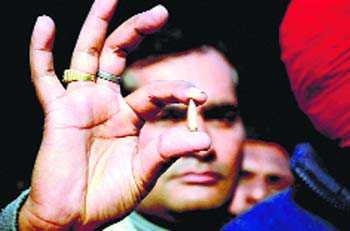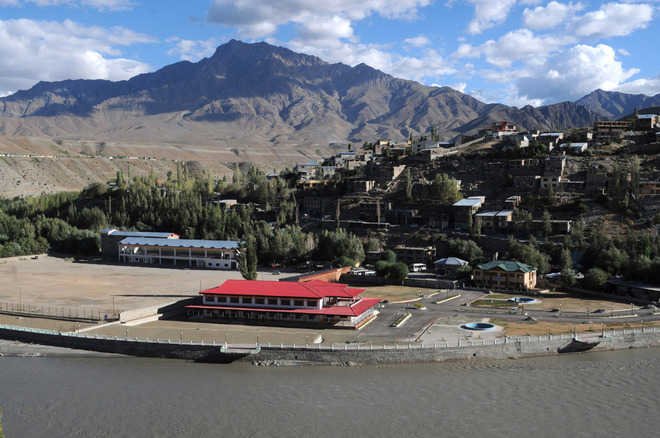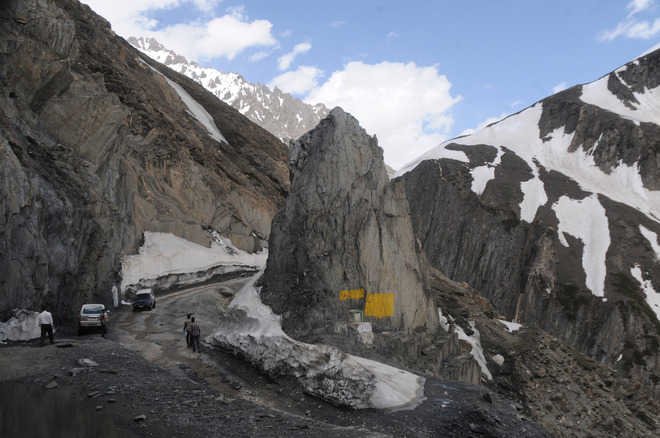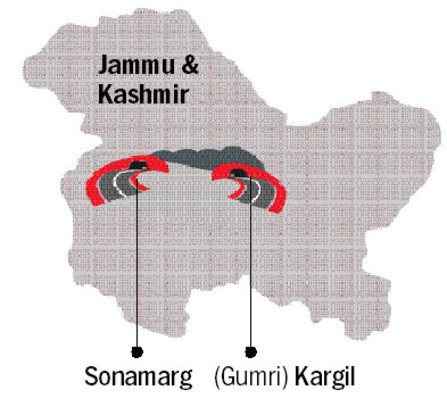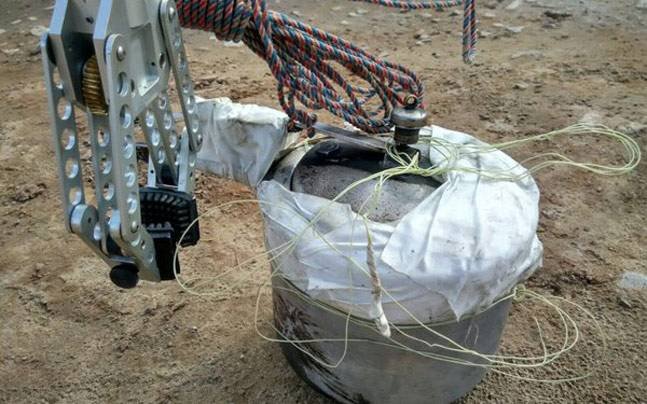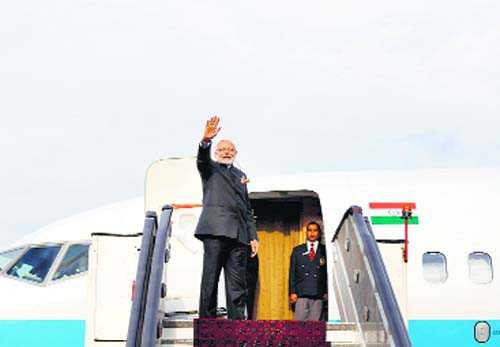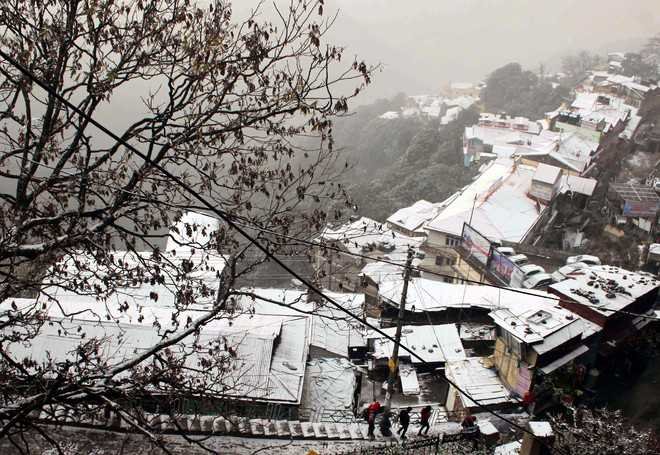Ravi Dhaliwal,Tribune News Service,Pathankot, January 3
The possibility of the terrorists carrying any RDX or rocket launchers has been ruled out. “No RDX is being carried. The firing had stopped late last evening and we thought we had killed all the five. However, sporadic firing was again heard in the morning. When we checked out the origin of the fire, we came to know that there may be more terrorists lurking in the complex,” disclosed a senior police officer.A National Investigation Agency (NIA) team reached Pathankot early in the morning. The members left for Bamyal immediately after in a cavalcade of private cars. Sources said that the team was accompanied by senior police officials. Amid rumours that RDX or any other explosives might have been planted on the railway line passing through the city, the police made an elaborate check on both sides of the track leading to and from the city. However, after an early morning exercise, no explosives were found planted anywhere on the tracks.The agencies widened their search and the cops and Army personnel could be seen in populated areas of the towns of Pathankot and Gurdaspur. There was a heavy deployment of cops on the Pathankot-Gurdaspur and Pathankot-Jammu National Highways as well.Poignant scenes could be witnessed when a private car, in which wreaths meant for the deceased were being taken, entered the air base. The crowd immediately turned into an orderly one and people stood on both sides.
JeM militants planning attacks in Delhi?
Tribune news Service,New Delhi, January 3
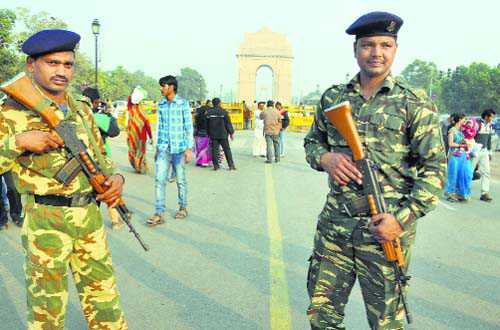
A day after the Pathankot attack began, two Jaish-e-Mohammad militants are suspected to have sneaked into the national capital and planning high-profile attacks, including taking hostages. The Delhi Police received specific intelligence input about the presence of militants.Delhi Police Commissioner BS Bassi today held a meeting with his senior officers and discussed the matter, said the police. The Delhi Police has sought the assistance of paramilitary forces in securing vital installations in the national capital. The police have been given companies of paramilitary forces in this regard.Security has been strengthened at the Delhi airport, railway stations, bus stands, markets in south and central Delhi and VIP areas. Delhi Police’s special units, Crime Branch and Special Cell, have also been made part of the security arrangements.Bassi also took to Twitter to request the citizens of Delhi to be alert. He tweeted, “Citizens’ vigil against suspicious persons/ objects/ activities is vital to counter terrorism. Report anything amiss at no. 100 or helpline 1090.”Joint Commissioner of Police (New Delhi district) MK Meena said, “We have given instructions to ensure round-the-clock checking. Officers’ leave have been cancelled. Counter-terrorism measures have been put in place. Security around railway and metro stations has also been beefed up.”Earlier today, the Delhi-Lucknow Shatabdi train was stopped for a search in Ghaziabad and other trains were also halted after the northern Railways was alerted about a possible bomb threat to trains running between Delhi and Kanpur.“We received a call from the railway control room in the morning in which they said that they had received information about a potential bomb threat on a train plying between Delhi and Kanpur,” a police official said.Several security personnel are checking passengers and their luggage at the entry points and the platforms of the railway stations. Extra vigilance has been placed at the areas, where the parcels to be transported by trains are kept.
Security strengthened
- Security has been strengthened at the Delhi airport, railway stations, bus stands, markets in south and central Delhi and VIP areas. Delhi Police’s special units, Crime Branch and Special Cell, have also been made part of the security arrangements
- Vigil was also heightened in several areas, including popular market places, in south Delhi, central Delhi and the VIP movement zone in Lutyens’ Delhi.
- The Delhi-Lucknow Shatabdi train was stopped for a search in Ghaziabad and other trains were also halted after the northern Railways was alerted about a possible bomb threat to trains running between Delhi and Kanpur





















































